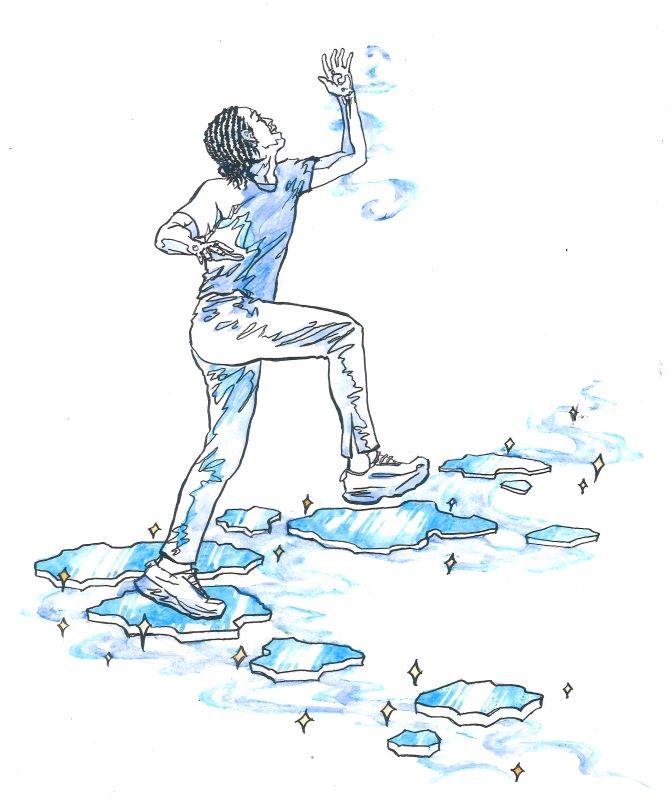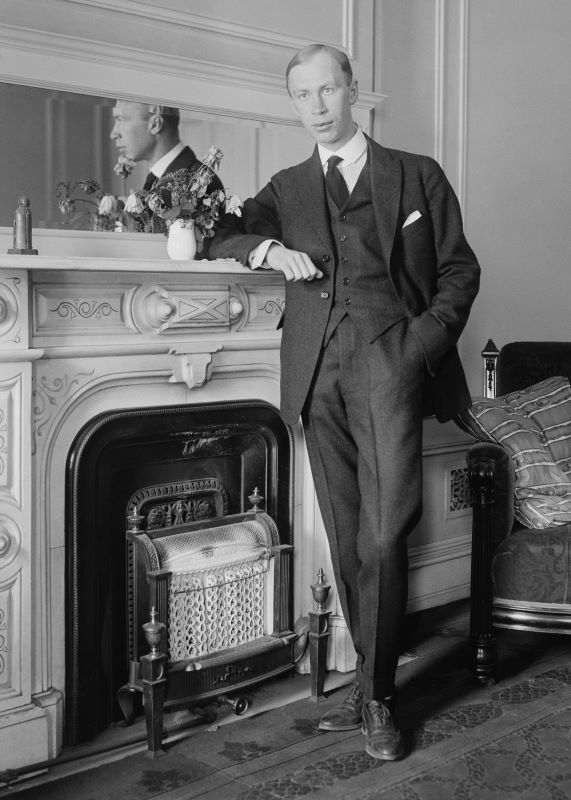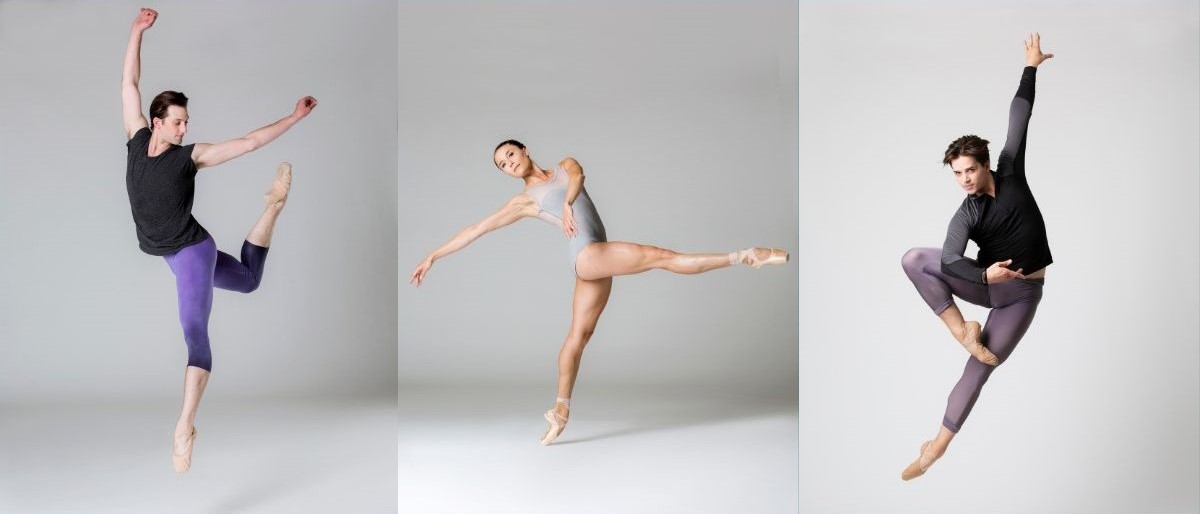The rehearsal period for Director’s Choice has definitely been busy. Each ballet on the program attacks our medium from a different angle. This has made the process both grueling and immensely satisfying.

It has been really fun revisiting Mopey this season. It was very surprising how quickly and easily the choreography came back after leaving it for four years—especially since it was so hard to learn the first time. After the first few rehearsals, it was nice to not have to focus on the choreography itself, but really delve into the details and ideas behind the work. Much of the studio time was devoted to finding an intention behind each movement in the piece and making sure every detail will be seen from the front of the house.
Even though it is comforting to revisit something familiar, I always revel in working on something new. Petit Mort, despite being a ballet that I’ve been dying to do since I first saw the Netherlands Dance Theater’s “Black and White” DVD six years ago, was a little intimidating at first. It just has so many variables that are outside my (and many classical dancers) comfort zone… multiple props, silent sections, and bare feet to name a few. The first task was to master using my sword: finding the balance point in between the hilt and the tip of the blade, learning the proper amount of downward pressure to apply to the hilt before rolling the sword, and figuring out how to keep everything smooth after the blade has bent (it becomes increasingly curved as the men’s section progresses).
After we had gotten a handle on all the tricks of the sword, we had to start moving as one unit, which is vital to this ballet that capitalizes on simplistic precision. Dancing together is something that we are used to; however, we are used to using music as our guide and a good portion of Petit Mort is performed in silence. To accomplish the necessary cohesiveness, we began by rehearsing the silent sections with a ballet master counting from the front of the studio, trying to infuse the cast with an internal rhythm that would carry over to the silence. But even knowing the rhythm of the steps, it still takes total awareness of your peers to pull it off. The ballet closes with a series of duets that, although are as stylistically and musically precise as the sections before, feel intensely freeing…all of the unusual variables (besides the bare feet) are gone. The only thing that I have to worry about at this point is dancing with the music and enjoying it!
Working on The Seasons was a very positive experience during this rehearsal period. It is always special to have a role created specifically for you, especially when the process is easy going and you feel like you have room to experiment, as we did with Val. In the beginning stages of the choreographic process Val would give a series of steps and then would let the dancer collaborate with him in setting the timing of that series with the music. Whenever a dancer picks up a particularly complex step or figures out the exact musicality that he had envisioned, he has the dancer kneel and reach toward the ceiling making two peace sign with their hands a la Mary Catherine Gallagher from Saturday Night Live. I got a couple of “superstar” moments over the past few weeks! Once each section was set it took a lot of repetition to make it cohesive and to really make a ballet out of the steps. This is partly because Val’s movement is very big and complex, with a lot of twisting in the spine and taking the torso off its center, and it takes a lot of physicality and coordination to get the movement to flow and reach a maximum fullness. Now that the ballet has finally come together, it’s clear that the overall feel of the ballet is matching the scale of its movement.
I can’t wait for opening night!!!
Top photo: Benjamin Griffiths and PNB Company dancers in Petit Mort. ©Angela Sterling.


